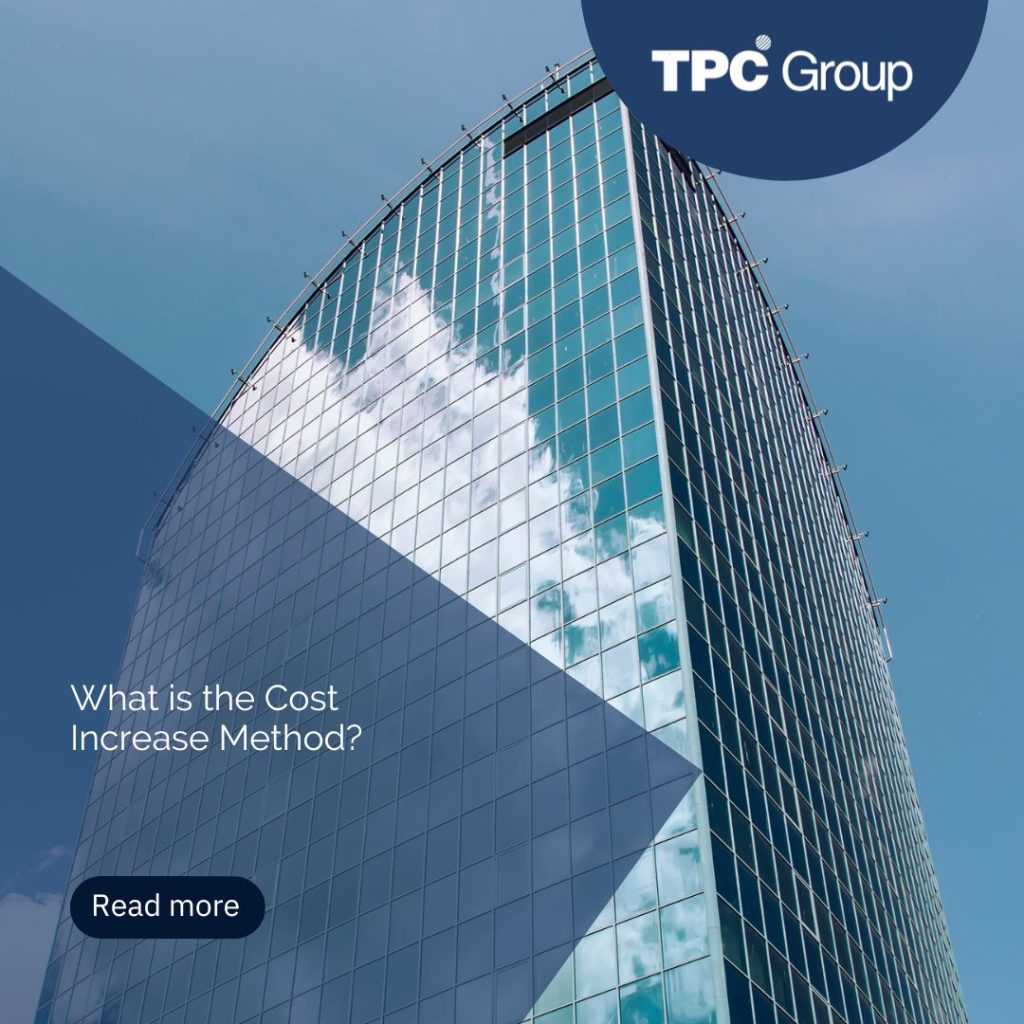The Cost-Plus Method is a Transfer Pricing approach aiming to reflect the expected profit margins in a related-party transaction. It is based on the premise that the costs increased by the supplying party must reasonably reflect the market price. This method is particularly effective in industries where costs are a significant part of the pricing structure.
Main Features of the Cost-Plus Method:
The method recognizes the actual costs incurred by the supplier and adds a reasonable profit margin, thus providing a more accurate representation of market prices.
It is a recommended method for sectors such as manufacturing and distribution, where production and distribution costs are significant, finding this method a valuable tool.
On the other hand, due to the tangible cost basis, the cost-plus method promotes transparency and minimizes the risk of price manipulation to avoid tax burdens.
Benefits of the Cost-Plus Method:
- Tax Risk Reduction: Due to the close reflection of actual costs, companies can mitigate tax audit risks and avoid improper transfer pricing penalties.
- Consistency with Market Practices: The method aligns closely with market practices, ensuring that related-party transactions are consistent with broader market operations.
- Facilitates Tax Planning: Enables more effective tax planning by providing a clear structure for pricing that is easily understandable to tax authorities.
Challenges and Considerations:
- Limitations in Service Industries: In sectors where costs are not a determining factor, such as intangible services, the cost-plus method may not be the best option.
- Need for Detailed Documentation: In order to ensure acceptance by the tax authorities, complete documentation supporting the costs and the added profit margin must be maintained.
In conclusion, the Cost-Plus method of Transfer Pricing emerges as a valuable tool for multinational companies seeking tax fairness and transparency in their intercompany transactions. Its cost-based approach provides a more realistic representation of business operations, reducing tax risks and promoting consistency with market practices. As companies seek to comply with international tax regulations, this method presents itself as a strategic option to achieve these goals effectively and efficiently.




